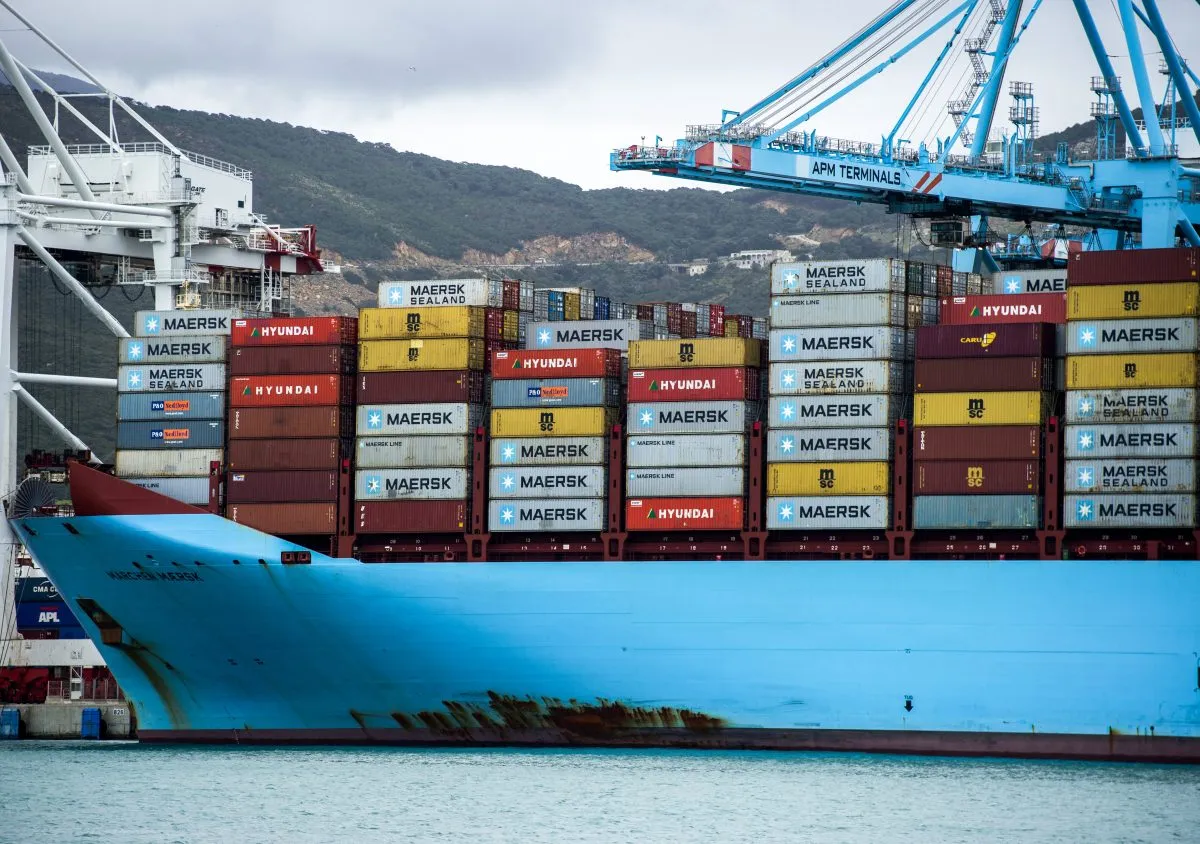In 2021, at the eighth Forum on China-Africa Cooperation (FOCAC), China pledged to import total African products worth $300bn over three years. This was not an overly ambitious target given that, based on Chinese import figures, Africa exported $275bn worth of goods to China between 2019 and 2021. Indeed, China has been Africa’s largest bilateral export destination since 2009. Nevertheless, it was still an important target because it was not only the first import target that China had set for Africa, it was also the first import target that had been set for Africa by any development partner.
A key reason for the target was to respond to African demands to reduce growing trade imbalances between Africa and China. To help reach the target, China also announced a range of supportive trade initiatives at FOCAC including $10bn worth of trade financing to boost African exports to China, “green lanes” to fast-track African agricultural exports to China, online shopping festivals to promote and sell African products in China and further increase the scope of African products enjoying zero-tariff treatment.
The good news for Africa is that this target is very likely to be met. Between January 2022 and June 2024, and again based on Chinese import figures, African countries have exported a total of $286bn worth of goods, meaning China has to import just an additional $14bn worth from Africa over the coming months to reach the target. From this perspective, the target has worked: it’s been a success.
The bad news is that over the same period Africa’s trade deficit with China actually widened. For example, in 2021 the trade deficit was $39bn and by 2023 it was $63bn. Furthermore, while there was some diversification, in 2023 just nine African countries, all resource-rich countries, accounted for 83% of exports with China and this trend has continued into 2024.
How to build on trade success
So what can be done in the next iteration of FOCAC to build on the success while also recognising the shortcomings of the target?
No doubt the target has been helpful, especially in concert with other supportive policies and initiatives. For instance, accelerated processes for special phytosanitary standards including “green lanes” for African agricultural products announced in 2021 have seen African agricultural imports grow from $6.92bn in 2018 to $9.35bn by 2023, and China has become Africa’s largest agricultural export destination.
That said, there remain three key challenges that the target and policies to date have not been able to tackle.
First, individual African countries have different trade arrangements with China. For example, 27 African Least Developed Countries (LDCs) can export 98% of their goods to China duty-free, while one African country, Mauritius, has a free trade agreement (FTA) with China. Other countries have special protocols and, in some cases, reduced tariffs to allow individual agricultural products to enter China.
Such multiple China-Africa trade arrangements make it complicated for African countries to collectively increase the value of and diversify their exports to China. This can be solved in multiple ways, especially now that the African Continental Free Trade Area (AfCFTA) is operational, as my colleagues at Development Reimagined explained in a 2021 paper. For instance, China could extend duty-free imports (and especially for processed goods) to all African countries, not just LDCs.
At first, duty-free access for all African countries might seem to disadvantage less-economically-developed countries, but in time it can encourage competitiveness and cross-regional production and bring more African countries into growing value chains.
Bilateral, regional or AfCFTA-wide agreements?
Alternatively, China could negotiate preferential trade agreements with the regional economic communities, if an AfCFTA-wide scheme is deemed too challenging. In contrast, negotiating individual FTAs with African countries, even if preferential and lopsided towards the African side in practice, as Mauritius’ agreement is, would be extremely complex. For instance, to date, only 14 African countries so far have ratified economic partnership agreements with post-Brexit Britain.
Second, following the success of the agricultural incentives and policies, import targets and quotas for other – ideally processed – products could be put in place, especially to export more non-mineral and oil products. For instance, many African countries have thriving textile and apparel industries valued collectively at around $31bn. Consequently, the AfCFTA has made textiles a priority sector for the African continent, which makes it a good starting point for sector-specific import targets and quotas beyond the mining and agriculture sector.
Third, there is no doubt that the value of each African country’s export basket depends largely on its production capacity. Production capacity can only be increased through investment, and in this case ideally a mix of both African and Chinese investment.
Unfortunately, during Covid-19 several Chinese firms in Africa reduced or closed production. However, more recently there has been increasing interest from Chinese firms in African investment, including in value addition on the continent. For instance a $300m lithium processing plant was opened in Zimbabwe in June 2023 by Prospect Lithium Zimbabwe; and another $250m lithium processing plant was opened in October 2023 in Nigeria by Ganfeng Lithium Industry.
Similar investments in expanding existing or greenfield plants in agro-processing, textiles and other sectors destined for export to China will drive the volume and value of African exports.
While to date China has channelled much of its support for value-addition and manufacturing enterprises in Africa through its own banks and funds such as the China Africa Development Fund and the China-Africa Fund for Industrial Cooperation, it is African banks such as Afreximbank, the Eastern and Southern African Trade and Development Bank and the African Finance Cooperation that have shown even more success in identifying opportunities for expanding productive capabilities. Directing Chinese finance to African banks will likely pay off on all sides.
China’s $300bn pledge at FOCAC8 was certainly innovative. It now provides a strong basis for both continuation and scaling up. But to close the Africa-China trade gap for good, and see African ambitions to become the world’s future manufacturing hub by 2063 become a reality, more than just a target will be necessary.
Want to continue reading? Subscribe today.
You've read all your free articles for this month! Subscribe now to enjoy full access to our content.
Digital Monthly
£8.00 / month
Receive full unlimited access to our articles, opinions, podcasts and more.
Digital Yearly
£70.00 / year
Our best value offer - save £26 and gain access to all of our digital content for an entire year!

 Sign in with Google
Sign in with Google 



